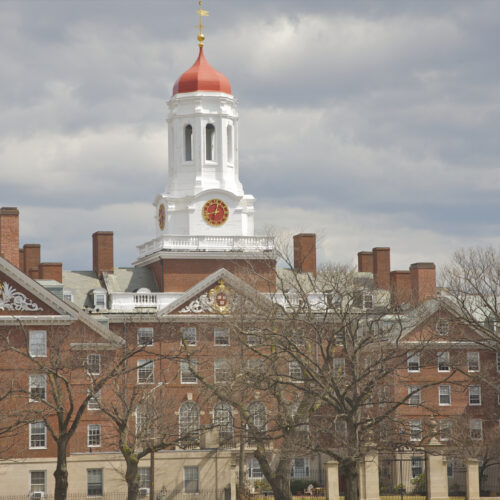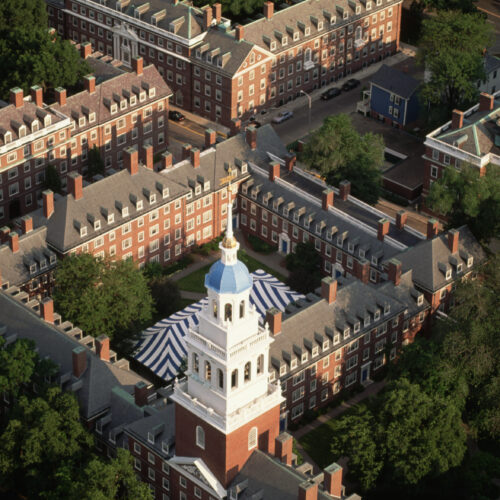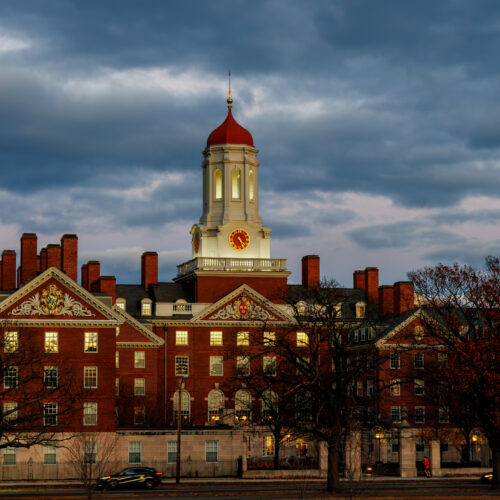Trump admin lifts hold on offshore wind farm, doesn’t explain why
On Monday, the developer of a large offshore wind farm being built off the coast of New York announced that the federal government had lifted a hold it had placed on the project roughly a month ago. The entire process has been shrouded in mystery. The government never fully enunciated its justification for the hold and hasn't yet commented on the fact that it had been lifted, although there is some hint that it was coupled to a reconsideration of a cancelled natural gas pipeline.
Empire Wind is a large project being built off the southeast shore of Long Island by Equinor, a Norwegian energy company. The first of two phases, Empire Wind 1, will have an 800 MW capacity and has already received permitting and environmental approval. Equinor had started construction of the foundations for the towers that would hold the wind turbines and onshore facilities that would support this and future offshore projects.
All that changed in mid-April when Secretary of the Interior Doug Burgum announced via a social media post that the approval for Empire Wind had been rushed and his department would be reviewing it. A Fox News article published a few days later suggests that a review by the National Oceanic and Atmospheric Administration "found the Empire Wind approval process relied on rushed, outdated, and incomplete scientific and environmental analysis." But nobody else has indicated that any such report exists, despite requests from the press.


© glegorly



















